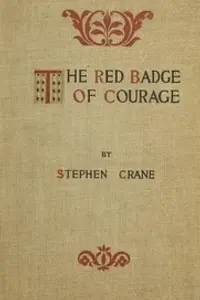Summary
The Red Badge of Courage tells the harrowing, deeply personal story of Henry Fleming, a young Union soldier thrust into the chaos and brutality of the American Civil War.
Eager for glory and driven by romantic dreams of heroism, Henry enlists with high hopes—but the grim reality of battle soon shakes his convictions.
When the fighting begins, Henry is overwhelmed by fear and flees the battlefield, ashamed and uncertain of his courage.
Haunted by guilt and desperate to prove himself, he longs for a "red badge of courage"—a wound that would mark him as brave in the eyes of others and himself.
Through shifting tides of action, reflection, and internal conflict, Henry embarks on a psychological journey from cowardice to a more complex understanding of courage, honor, and manhood.
In the end, his transformation is not about becoming a hero in the traditional sense, but about confronting the raw truth of war and the self.
Published in 1895, Stephen Crane’s novel was revolutionary for its unflinching realism and stream-of-consciousness style, capturing the inner turmoil of a soldier with unprecedented psychological depth.
Though Crane himself had never experienced combat, his portrayal of fear, confusion, and disillusionment in war earned critical acclaim and enduring influence.
